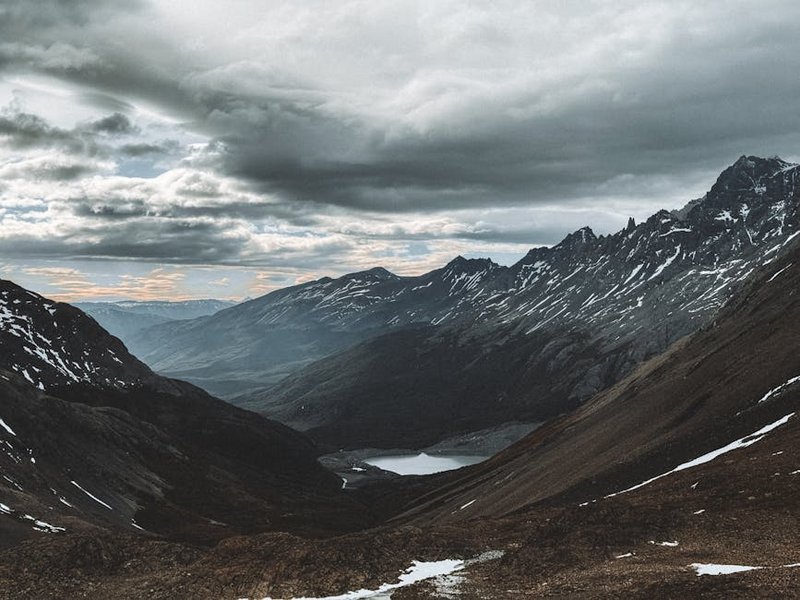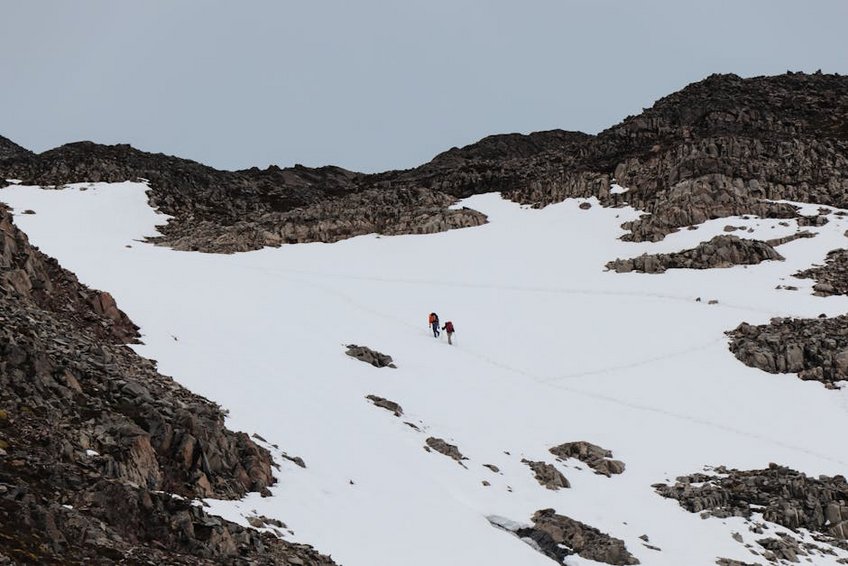Hiking Camp in Chilean Patagonia: Your Ultimate Adventure Guide
Embarking on a Hiking Camp in Chilean Patagonia is a dream for many outdoor enthusiasts, offering some of the most breathtaking and rugged landscapes on Earth. This remote region at the southern tip of South America presents a unique opportunity to disconnect from modern life and immerse yourself in pristine wilderness. From the iconic Torres del Paine to the vast Southern Ice Field, a Hiking Camp in Chilean Patagonia provides access to trails that weave through dramatic mountains, past turquoise lakes, and alongside massive glaciers. The experience combines physical challenge with incredible natural beauty, creating memories that will last a lifetime. Whether you’re an experienced trekker or new to multi-day hikes, proper preparation is key to enjoying this adventure safely and comfortably. This guide covers everything you need to know about planning your ultimate Hiking Camp in Chilean Patagonia experience.
Hiking Camp in Chilean Patagonia Essential Information
Before you set off on your Hiking Camp in Chilean Patagonia adventure, it’s crucial to understand the basic logistics and requirements. Patagonia spans both Chile and Argentina, with the Chilean side offering some of the most famous trekking routes in the world. The primary season runs from October to April, during the Southern Hemisphere’s spring and summer months. You’ll need to arrange permits for certain parks, particularly Torres del Paine National Park, which requires advanced reservations for camping sites and refugios. The weather is famously unpredictable, with conditions changing rapidly from sunshine to rain, snow, or strong winds—even in summer. Proper gear and physical preparation are non-negotiable for a safe and enjoyable experience. Understanding these fundamentals will help you plan a successful trip that maximizes your time in this incredible wilderness.
Required Documentation and Permits
- Valid passport with at least six months remaining before expiration
- Tourist visa (not required for US, EU, UK, Canadian, or Australian citizens for stays up to 90 days)
- Park entry permits purchased in advance for Torres del Paine National Park
- Camping reservations confirmed through CONAF or authorized tour operators
- Comprehensive travel insurance that covers emergency evacuation
- Budget option: $800-1,200 for 5-7 days, including camping gear rental, self-prepared meals, and park fees
- Mid-range option: $1,800-2,800 for guided tours with refugio accommodations, meals, and transportation
- Luxury option: $3,500-5,000+ for premium guided experiences with private accommodations and gourmet meals
- Official CONAF Torres del Paine National Park Information
- Chilean Tourism Board Patagonia Guide
- Patagonia Environmental and Conservation Resources
Physical Preparation and Fitness Level
Preparing physically for a Hiking Camp in Chilean Patagonia is essential for both enjoyment and safety. The terrain varies from well-maintained paths to challenging rocky ascents and river crossings. Most guided tours require participants to be able to hike 8-12 miles daily with a backpack weighing 15-25 pounds. Begin training at least 2-3 months before your trip, focusing on cardiovascular endurance and leg strength. Incorporate hill training, stair climbing, and longer weekend hikes with your loaded backpack. Altitude isn’t a major concern in most Patagonian hiking areas, but the unpredictable weather and variable terrain demand good overall fitness. Don’t underestimate the mental aspect either—being prepared for rapidly changing conditions will help you maintain a positive attitude throughout your adventure.

Hiking Camp in Chilean Patagonia Planning Your Trip
Planning your Hiking Camp in Chilean Patagonia requires careful consideration of timing, budget, and itinerary options. The region’s remote location and limited infrastructure mean advance planning is essential, particularly for popular routes like the W Trek or Circuit in Torres del Paine. Most travelers fly into Punta Arenas or Puerto Natales, then take buses to park entrances. You’ll need to decide between guided tours with included gear and meals or self-guided adventures where you handle all logistics. Booking accommodations—whether camping spots or refugio beds—should be done 6-9 months in advance for the peak season. Consider adding buffer days in your itinerary for weather delays, which are common in Patagonia. Proper planning ensures you can focus on the incredible scenery rather than logistical concerns once you arrive.
Best Time to Visit Chilean Patagonia
The optimal time for a Hiking Camp in Chilean Patagonia depends on your preferences for weather, crowds, and photography conditions. Summer months (December-February) offer the warmest temperatures (45-65°F/7-18°C) and longest daylight hours (up to 17 hours), but also the largest crowds and highest prices. Shoulder seasons (October-November and March-April) provide fewer visitors, cooler temperatures (35-55°F/2-13°C), and stunning autumn colors in March-April. Winter (May-September) is generally too cold and snowy for comfortable camping, with many facilities closed. For balanced conditions, late September to early November offers emerging spring wildflowers and reasonable temperatures with moderate crowds. Regardless of when you visit, prepare for all weather conditions—Patagonia is famous for experiencing four seasons in a single day.
Budget Planning and Costs
Essential Preparation Checklist
Preparing for your Hiking Camp in Chilean Patagonia involves both gear selection and logistical planning. Start by researching the specific requirements for your chosen route, as regulations vary between parks. Your backpack should include a four-season tent, sleeping bag rated to at least 20°F (-7°C), sleeping pad, and reliable cooking equipment. Clothing should follow the layering system with moisture-wicking base layers, insulating mid-layers, and waterproof outer layers. Break in your hiking boots thoroughly before departure to avoid blisters. Logistically, book flights, accommodations, and park reservations well in advance, particularly for December-February. Learn basic Spanish phrases for communication in remote areas, and inform family of your itinerary since cell service is limited in wilderness areas.
Hiking Camp in Chilean Patagonia Top Attractions and Activities
A Hiking Camp in Chilean Patagonia offers access to some of the world’s most spectacular natural attractions beyond the famous Torres del Paine. The region encompasses numerous national parks and reserves, each with unique landscapes and wildlife viewing opportunities. Torres del Paine National Park remains the crown jewel, featuring the iconic granite towers, Grey Glacier, and the French Valley. Further south, Tierra del Fuego provides dramatic coastal hiking with opportunities to see penguin colonies. The Northern Ice Field offers more challenging routes for experienced trekkers seeking remote wilderness experiences. Beyond hiking, you can enjoy kayaking alongside glaciers, horseback riding through estancias, and wildlife watching for guanacos, condors, and possibly pumas. Each day brings new breathtaking vistas and opportunities for adventure in this unparalleled natural playground.
Must-See Highlights
No Hiking Camp in Chilean Patagonia is complete without experiencing its iconic landmarks. The Torres del Paine (Towers of Paine) are the park’s namesake and most photographed feature—three massive granite pillars rising nearly 9,000 feet above sea level. Reaching the base viewpoint requires a challenging but rewarding day hike. Grey Glacier, part of the Southern Patagonian Ice Field, stretches over 100 square miles and can be viewed from various trails or approached by kayak for an up-close experience. The French Valley offers perhaps the most dramatic scenery in the park, with hanging glaciers, turbulent rivers, and panoramic mountain views. For wildlife enthusiasts, the chances of spotting guanacos, foxes, and possibly the elusive puma make every trail exciting. These highlights represent just a fraction of what makes Patagonia such an extraordinary destination for hikers and nature lovers.
Hidden Gems and Local Favorites
Beyond the well-trodden paths of Torres del Paine, a Hiking Camp in Chilean Patagonia offers numerous less-crowded alternatives that showcase the region’s diversity. The Dientes de Navarino circuit on Isla Navarino is the southernmost trek in the world, offering rugged terrain and incredible views of the Beagle Channel. Parque Nacional Los Glaciares on the Argentine side features the famous Perito Moreno Glacier but also less-visited areas like Lago del Desierto with stunning views of Fitz Roy. The Aysén region further north provides opportunities to explore the Northern Patagonian Ice Field with far fewer visitors. Local guides often know secret spots for wildlife viewing, hidden waterfalls, and the best viewpoints away from crowded trails. Exploring these lesser-known areas provides a more intimate connection with Patagonia’s wild landscapes.
Hiking Camp in Chilean Patagonia Practical Travel Information
Navigating the practical aspects of your Hiking Camp in Chilean Patagonia ensures a smooth and enjoyable experience from arrival to departure. Most international travelers fly into Santiago, then take connecting flights to Punta Arenas (3 hours) or Puerto Natales (3.5 hours). From these cities, buses provide regular service to park entrances, though schedules can be limited outside peak season. Within the parks, transportation between trailheads is available via shuttle boats on lakes Pehoé and Grey, and regular buses connect different sectors. Accommodation options range from basic campgrounds to comfortable refugios with beds and meals, though availability is limited and must be booked months in advance. Understanding these logistical details helps create a realistic itinerary that accounts for travel times between destinations within this vast region.
| Category | Options/Features | Price Range (USD) |
|---|---|---|
| Camping | Designated sites with basic facilities, bring your own gear | $10-30 per night |
| Refugios | Mountain huts with bunk beds, meals available | $80-150 per night |
| Hotels/Lodges | Comfortable accommodations near park entrances | $150-400 per night |
| Guided Tours | All-inclusive packages with guides, meals, accommodations | $250-500 per day |


